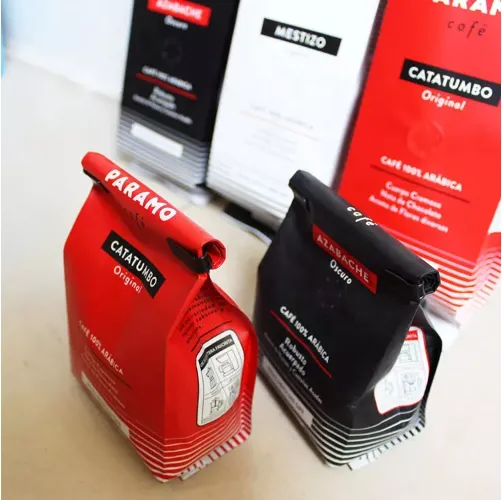- Afrikaans
- Albanian
- Amharic
- Arabic
- Armenian
- Azerbaijani
- Basque
- Belarusian
- Bengali
- Bosnian
- Bulgarian
- Catalan
- Cebuano
- chinese_simplified
- chinese_traditional
- Corsican
- Croatian
- Czech
- Danish
- Dutch
- English
- Esperanto
- Estonian
- Finnish
- French
- Frisian
- Galician
- Georgian
- German
- Greek
- Gujarati
- haitian_creole
- hausa
- hawaiian
- Hebrew
- Hindi
- Miao
- Hungarian
- Icelandic
- igbo
- Indonesian
- irish
- Italian
- Japanese
- Javanese
- Kannada
- kazakh
- Khmer
- Rwandese
- Korean
- Kurdish
- Kyrgyz
- Lao
- Latin
- Latvian
- Lithuanian
- Luxembourgish
- Macedonian
- Malgashi
- Malay
- Malayalam
- Maltese
- Maori
- Marathi
- Mongolian
- Myanmar
- Nepali
- Norwegian
- Norwegian
- Occitan
- Pashto
- Persian
- Polish
- Portuguese
- Punjabi
- Romanian
- Russian
- Samoan
- scottish-gaelic
- Serbian
- Sesotho
- Shona
- Sindhi
- Sinhala
- Slovak
- Slovenian
- Somali
- Spanish
- Sundanese
- Swahili
- Swedish
- Tagalog
- Tajik
- Tamil
- Tatar
- Telugu
- Thai
- Turkish
- Turkmen
- Ukrainian
- Urdu
- Uighur
- Uzbek
- Vietnamese
- Welsh
- Bantu
- Yiddish
- Yoruba
- Zulu
tin seal
The Significance of Tin Seal in Modern Packaging
In the world of packaging, tin seals play a crucial role in ensuring product integrity and safety. The term tin seal typically refers to a thin layer of tin that is used to create a hermetic seal on various products, including food and beverages. This method has a rich history and remains a vital component in the packaging industry, ensuring that consumers receive high-quality products devoid of contamination.
Historical Context
Tin sealing dates back to the 19th century when the need for long-term food preservation became apparent. Before the advent of tin seals, preserving food for extended periods was a challenge; many methods were either ineffective or prone to failure. The introduction of tin-coated containers revolutionized food storage. These containers were not only durable but also resistant to corrosion, making them an ideal solution for preserving edibles. This innovation laid the groundwork for the modern canning industry we know today.
The Mechanism Behind Tin Seals
The primary function of a tin seal is to create an airtight barrier
. This barrier prevents oxygen, moisture, and microorganisms from entering the product, thus prolonging its shelf life and maintaining quality. Tin seals are typically applied using a process known as sealing or crimping, where the edges of the container are folded over a thin layer of tin. Once sealed, the product can remain safe for consumption for months or even years, depending on the contents.Moreover, the tin coating enhances the can's resistance to rust and other forms of degradation. This durability is particularly important for food products like canned fruits, vegetables, and meats, which rely on a secure seal to maintain freshness.
Advantages of Tin Seals
tin seal

Tin seals offer numerous advantages over alternative sealing methods. First and foremost, they provide an excellent barrier to light, moisture, and air—all critical factors that can cause food spoilage. In addition, the physical properties of tin make it an environmentally friendly option. Tin is recyclable, allowing manufacturers to reduce their environmental footprint and promote sustainability within the packaging industry.
Another significant benefit is related to consumer safety. The integrity of the seal ensures that the product remains uncontaminated, reducing the risk of foodborne illnesses. Consumers can have confidence in the safety of the products they purchase, knowing that tin seals help to assure quality and hygiene.
Future of Tin Seals in Packaging
As we move towards more sustainable practices, the future of tin seals appears bright. The packaging industry is continuously exploring innovative approaches to minimize waste and enhance product longevity. Tin's natural properties lend themselves well to these innovations, with many companies focusing on improving the efficiency of the sealing process, further reducing the environmental impact of packaging.
Additionally, advancements in technology may lead to the development of even better sealing methods, incorporating smart packaging solutions that can provide real-time information about product freshness. Such developments could take advantage of tin seals' innate benefits while integrating modern technology to enhance user experience.
Conclusion
In conclusion, tin seals are not just a relic of the past but a vital component of contemporary food safety and quality assurance. As we strive for a future with sustainable packaging solutions, the role of tin seals will likely evolve but remain essential. Their contribution to food preservation, safety, and environmental sustainability cannot be overstated, making them an integral part of the packaging landscape for years to come.













